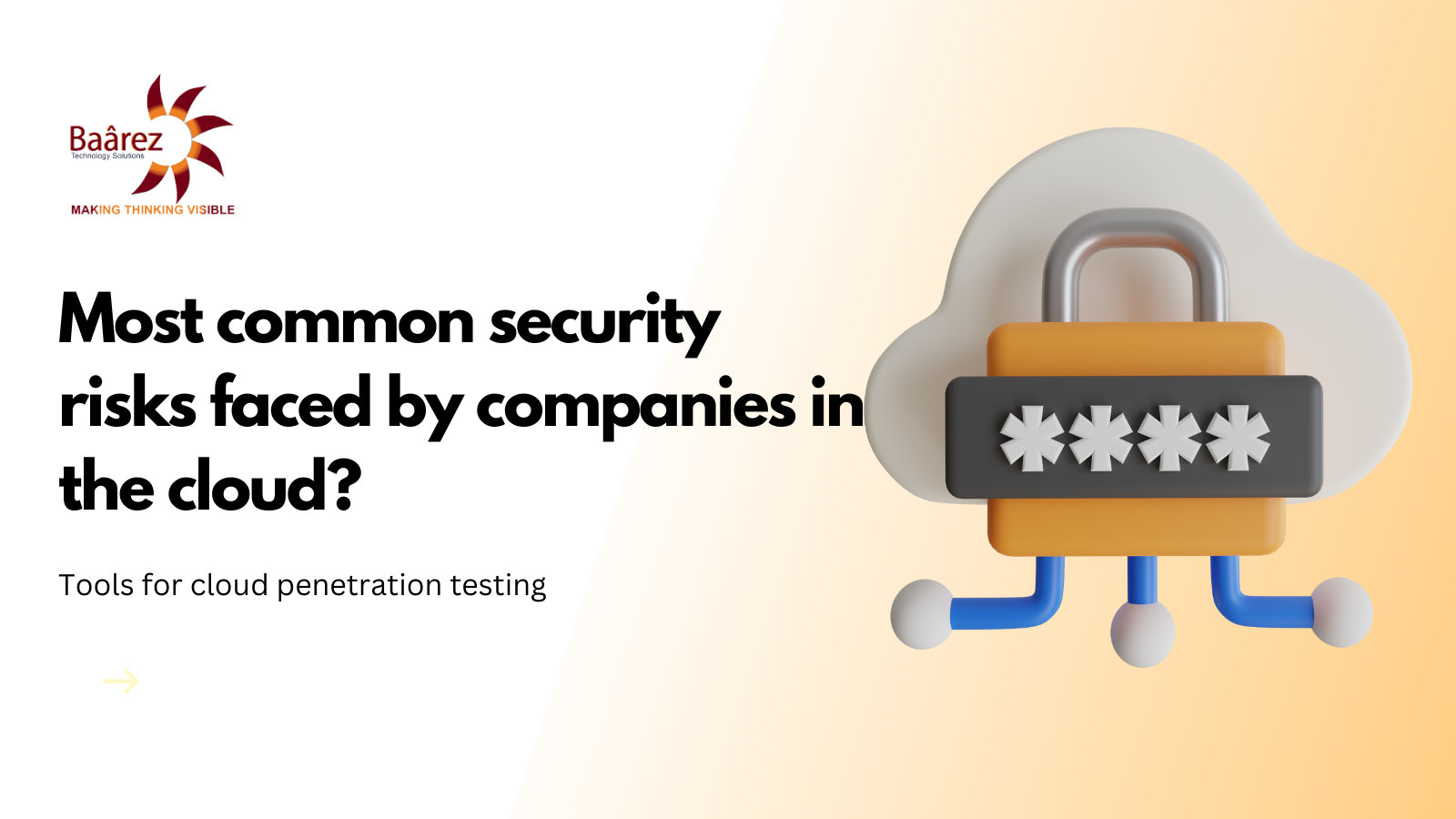
Table of Contents
ToggleWhat are the most common security risks faced by companies in the cloud?
Insecure APIs: Application Programming Interfaces (APIs) that are insecure or poorly designed can be exploited by attackers to gain unauthorized access or manipulate data.
Insufficient access controls: Poorly implemented access controls can lead to unauthorized users gaining access to sensitive information or resources. This includes weak user permission management, improper handling of user roles, and weak password policies.
Outdated software: Running outdated software in the cloud poses a threat as it may contain severe vulnerabilities that can be exploited by attackers to gain unauthorized access or manipulate corporate data.
Account hijacking: Attackers can use techniques like phishing, social engineering, or password brute-forcing to steal user credentials and compromise their accounts. Once an account is hijacked, the attacker can control cloud resources and manipulate or steal data.
Shared technology vulnerabilities: Cloud environments often rely on shared infrastructure and platforms. If a vulnerability is discovered in the underlying technology, it can potentially impact multiple customers, leading to security breaches.
Malware: Malicious software such as trojans or backdoors can be introduced into cloud environments through vulnerability exploitation or social engineering. Malware compromises the security of data and applications and can be used to gain access to other parts of the corporate infrastructure or infect more users.
Data breaches and data loss: Unauthorized access to sensitive data stored in the cloud is a significant concern. Weak authentication mechanisms, compromised credentials, vulnerabilities, or misconfigurations in the cloud infrastructure can lead to data breaches and loss.
What are the most commonly used tools for cloud penetration testing?
Full penetration testing frameworks: Complete frameworks like Metasploit or Cobalt Strike offer a wide range of options, exploits, payloads, and modules for assessing the security of cloud infrastructures.
Vulnerability scanners: Tools like Nessus or OpenVAS can identify security flaws in cloud environments by performing comprehensive vulnerability detection and reporting.
Network scanners: Tools such as Nmap are used to scan and discover hosts in an infrastructure, searching for weaknesses or vulnerabilities.
Specific scanners: Tools like sqlmap are used to detect and exploit SQL injection vulnerabilities in cloud-hosted applications.
Network analysis tools: Network sniffers and analyzers like Wireshark or Burp Suite help identify vulnerabilities or weaknesses in network communications between testers and the cloud infrastructure. They can also detect unencrypted communications and suspicious network behavior.
Password crackers: Tools like Hydra or Hashcat are used to crack encrypted user passwords, helping testers gain access if the password is weak.
It’s important to note that the choice of tools depends on the specific goals, cloud platforms, and technologies involved in the penetration testing process. Experienced testers often use a combination of these tools to conduct thorough assessments and ensure the security of cloud environments.


